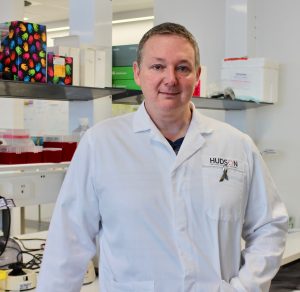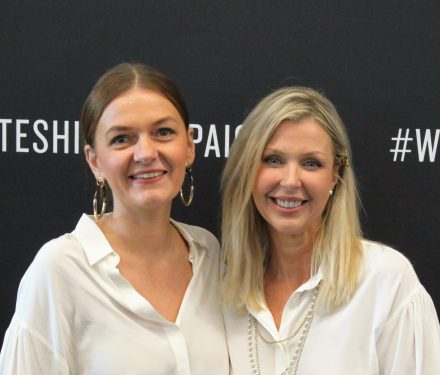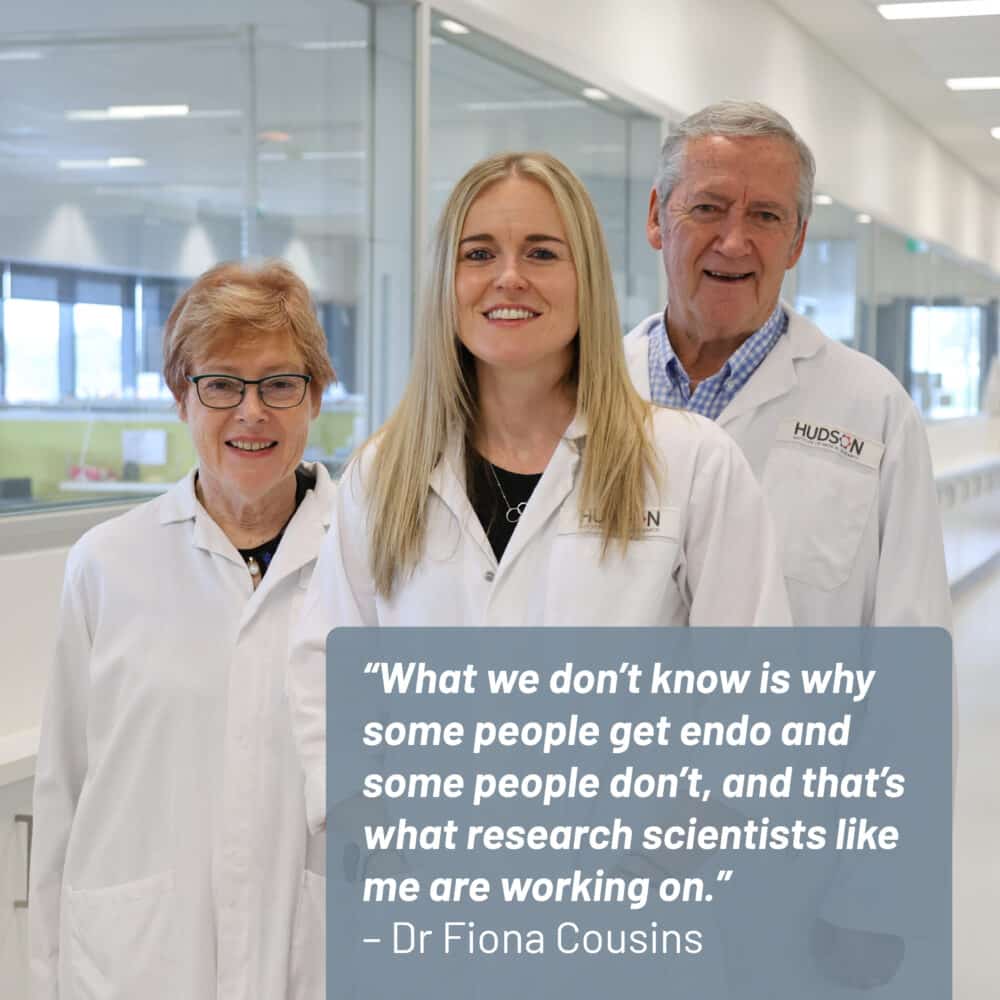OCRF grants bring ovarian cancer early detection test closer
By Hudson Institute communications
Scientists at Hudson Institute are closer to developing an early detection test for ovarian cancer and better therapies to treat the disease, thanks to new research funding.
The Ovarian Cancer Research Foundation (OCRF) has generously announced $1.4 million in grants, including funding for research projects at Hudson Institute and a grant to maintain a vital tissue bank.
The focus of the work is on a screening test, similar to a mammogram or pap smear, for ovarian cancer so treatment can be started earlier and survival rates increased, and on the discovery of new drugs to better treat the disease.
Women with early stage ovarian cancer may not present with many symptoms, meaning the disease is often not detected until it has reached an advanced stage and spread outside the ovaries.
Dr Andrew Stephens’ research group at the Centre for Cancer Research has been awarded an OCRF grant to improve the sensitivity of a screening tool, called the active ratio test, which could ultimately result in an ovarian cancer early detection test.
“The test detects a protein, known as CXCL10, which is produced by ovarian tumours. Early results shows it can effectively discriminate between patients with ovarian cancer and those with benign disease,” Dr Stephens said.
New study
Once they have completed the validation of the test in collected samples, the team will commence a trial of the test to detect early stage ovarian cancer in a group of women who are at risk of getting the disease (including those with the risk gene, BRCA).
“We hope to develop a screening tool to detect ovarian cancer in its early stages when it is at its most treatable, in the same way a mammogram or pap smear have been effective in reducing mortality for breast cancer and cervical cancer,” Dr Stephens said.
Treatment
Dr Simon Chu’s group at the Centre for Endocrinology and Metabolism will work to target two distinct sub-types of ovarian cancer – human granulosa cell tumours and serous epithelial ovarian cancer – with a class of drugs in preclinical models.
“Our work will examine whether a class of drugs, Smac Mimetics, currently used in clinical trials for other forms of cancer, could be used to target ovarian tumours in preclinical models,” Dr Chu said.
Dr Chu’s group will also analyse the role of a genetic mutation found in the majority of granulosa cell tumours, a rare form of ovarian tumours, in the hope of targeting this mutation.
Valuable research resource
The OCRF has also renewed its funding for an ovarian cancer tissue bank based at Hudson Institute, where since 2006, more than 2200 samples have been collected and stored.
“There is no other repository of such samples available in Australia, making the OCRF tissue bank a unique and valuable resource for ovarian cancer research,” Dr Stephens says.
Contact us
Hudson Institute communications
t: + 61 3 8572 2697
e: communications@hudson.org.au
About Hudson Institute
Hudson Institute’ s research programs deliver in five areas of medical need – inflammation, cancer, reproductive health, newborn health, and hormones and health. More
Hudson News
Get the inside view on discoveries and patient stories
“Thank you Hudson Institute researchers. Your work brings such hope to all women with ovarian cancer knowing that potentially women in the future won't have to go through what we have!”








